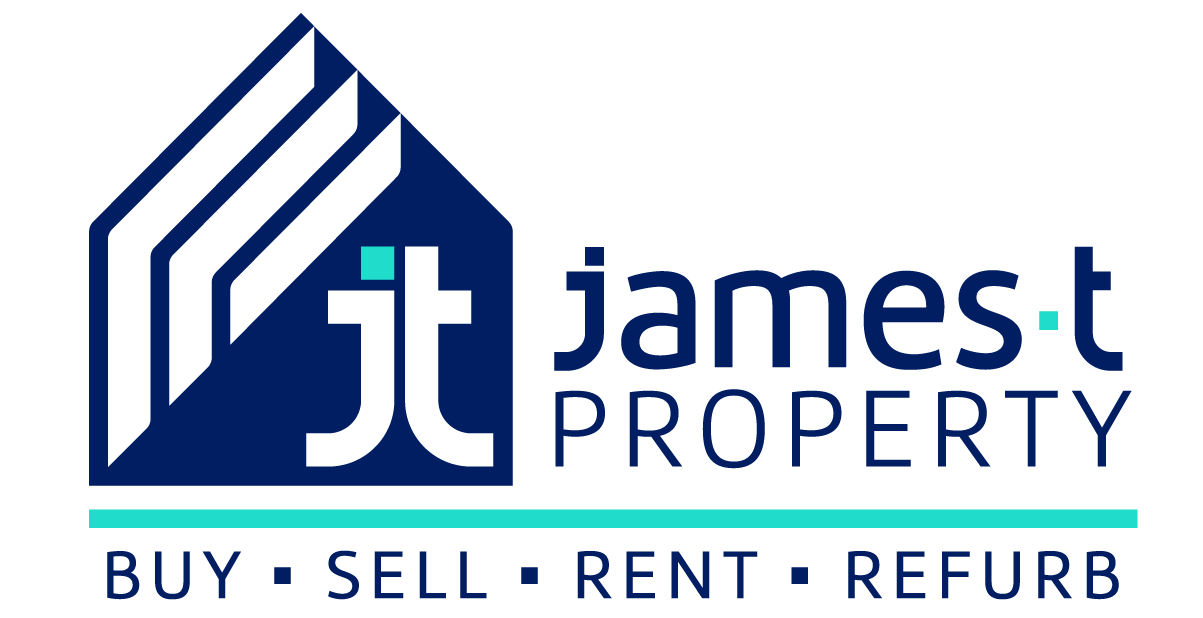In the realm of property investment, achieving high returns is not solely about selecting the right properties; it’s equally about employing the right financing strategies. Strategic financing is a critical lever investors can pull to enhance the profitability of their investments. With insights from James T Property, let’s explore how savvy financing decisions can significantly boost your property investment returns.
Understanding Financing Options
The first step to strategic financing is understanding the array of financing options available:
- Mortgages: The most common form of property financing, offering various terms and rates to suit different investment strategies.
- Bridging Loans: Short-term financing options ideal for investors looking to quickly purchase properties before securing long-term financing.
- Equity Release: Allows investors to unlock the equity built up in their existing properties to finance additional purchases.
- Crowdfunding: A newer option that involves pooling funds with other investors to finance property purchases, offering flexibility and access to larger investments.
Selecting the Right Financing Mix
Choosing the right financing strategy involves several key considerations:
- Interest Rates and Terms: Compare rates and terms from multiple lenders to find the best fit for your investment strategy and cash flow needs.
- Leverage: Using borrowed capital to increase the potential return of an investment can be powerful, but it’s important to balance leverage with risk.
- Flexibility: Consider the flexibility of the financing option, including repayment terms and penalties for early repayment, to ensure it aligns with your investment plan.
Strategic Financing Tips from James T Property
- Leverage Wisely: While leveraging can amplify your returns, over-leveraging can increase your risk exposure. Use leverage strategically, keeping a healthy balance between debt and equity.
- Refinance to Unlock Lower Rates: Regularly review your financing options. Refinancing existing properties at lower interest rates can reduce your costs and increase cash flow.
- Consider the Tax Implications: Different financing options have varied tax implications. Consult with a tax professional to understand how your financing decisions can affect your tax liabilities.
- Use Bridging Loans for Quick Purchases: In a competitive market, being able to move quickly can make all the difference. Bridging loans can provide the speed you need, but be mindful of their higher costs and shorter terms.
- Diversify Your Financing Sources: Don’t rely on a single financing source. Diversifying your lenders can provide more opportunities and better terms.
- Plan for Interest Rate Changes: Interest rates can fluctuate, impacting your financing costs. Plan for potential rate increases to ensure your investments remain profitable under different scenarios.
Conclusion
Strategic financing plays a pivotal role in maximizing property investment returns. By understanding the financing options available and making informed decisions tailored to your investment strategy, you can significantly enhance the profitability of your portfolio. James T Property is dedicated to guiding investors through the complexities of property financing, ensuring that your investment decisions are both prudent and profitable. With the right approach to financing, your property investments can achieve their full potential, providing substantial returns and contributing to your overall financial success.

